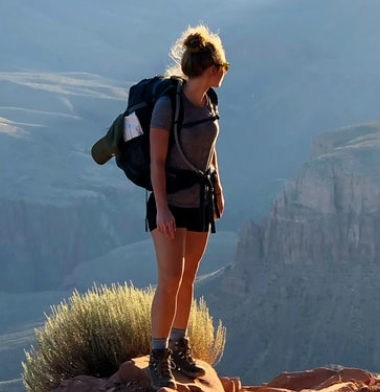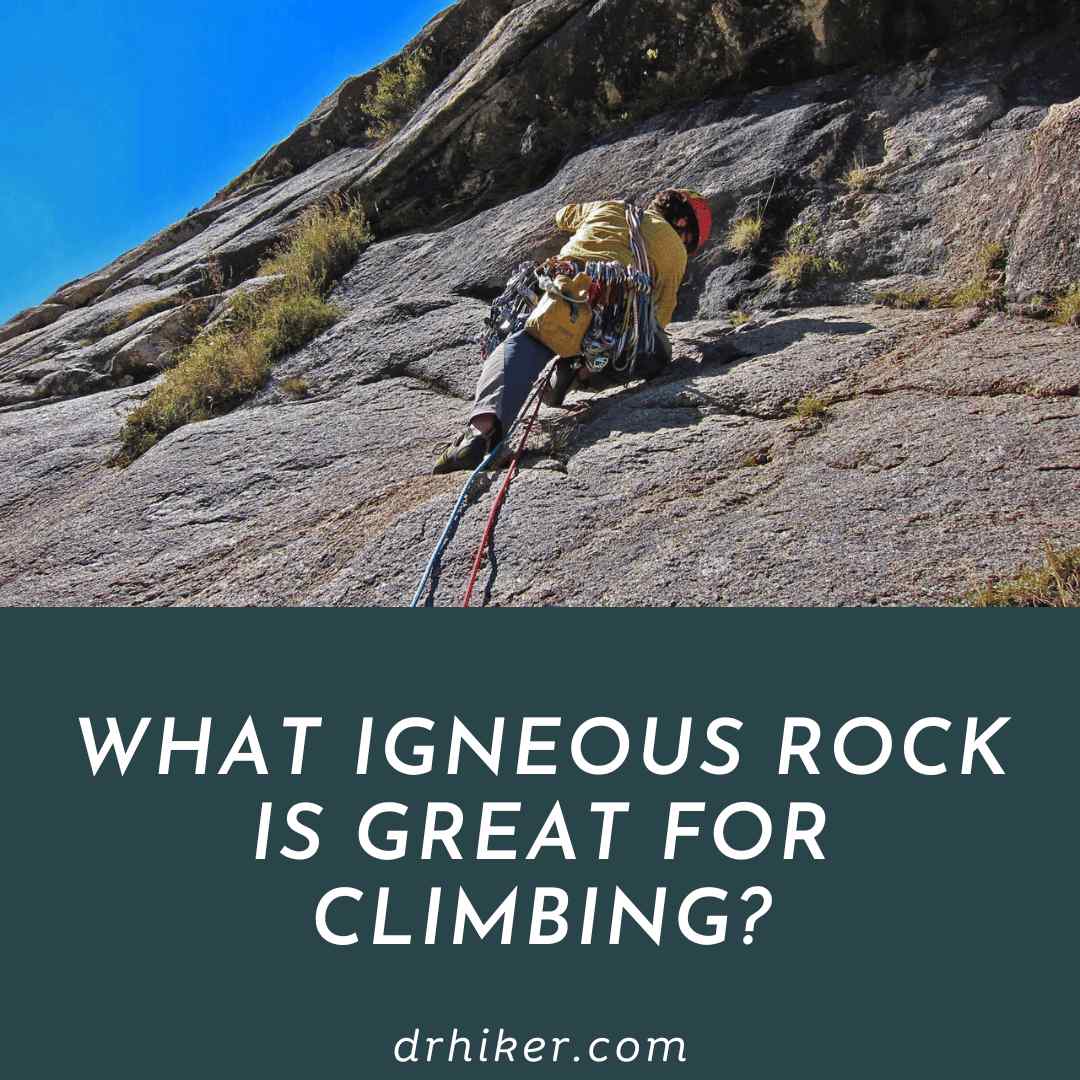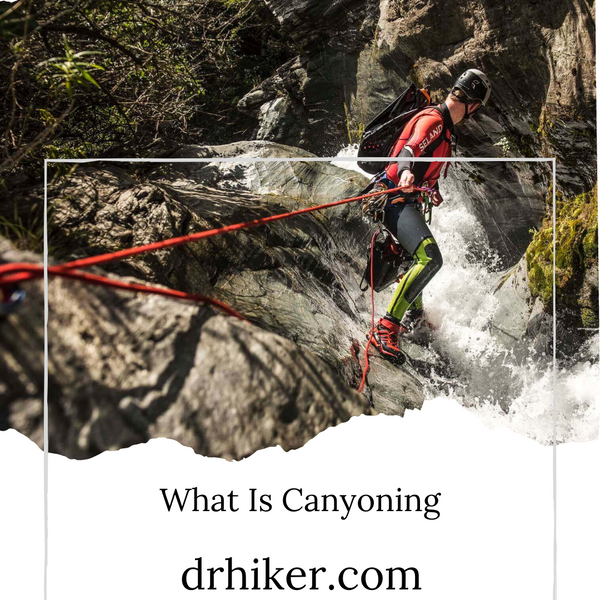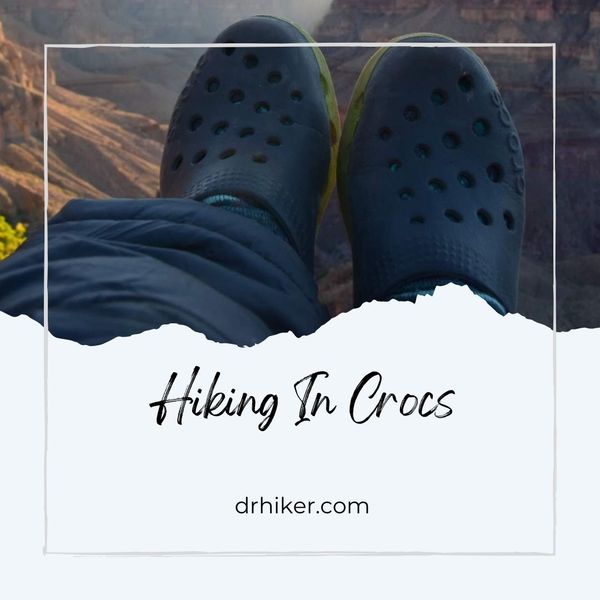Granite, basalt, diorite, monzonite, and pegmatite are some of the most favored rocks for sport climbing and top roping. The surface texture of these rocks is perfect for gripping, but some downsides make rock climbing challenging.
In this guide, we have elaborated on the details of what igneous rock is great for climbing to help you understand each type of rock suitable for climbing.
What Igneous Rock Is Great For Climbing?
Igneous rocks primarily originate from magma and lava, comprising 90% of the earth’s crust in the ocean and 70% on land. But not all types are suitable for climbing due to some characteristics. Not just rock type, but its material also matters.
Here are the most common types of igneous rocks highly preferred by rock climbers:
Granite - Best For Trad Climbing
Most climbers on Earth recommend granite for rock climbing, considering its condition at a specific time. Wearing down of rock due to water can make granite slippery, but sometimes the rock surface gets rough due to solid crystals.
You can crumble on its solid crystal surface, which can either get too sharp or too slippery. These characteristics of granite also vary in different countries; in the UK, you will not find rough granite, while in the US, most granite surfaces will be sharp and painful to climb.
However, many climbers dislike granite for rock climbing due to the pain caused by the sharp surface.

Basalt - Extrusive Igneous
Basalt is another good rock for climbing, but sometimes it can be dangerous to climb on. It is an extrusive igneous rock having different composition compared to granite and other rocks.
Many rock climbers prefer basalt over granite, but this climbing rock isn’t common worldwide. Usually, vesicular basalt is made for jagged and painful handhole; on the other hand, micro-crystalline basalt is perfect for smooth gripping.
Andesite - Extrusive Igneous
Andesite is a light-colored rock that's found in the Andes Mountains. It's not as strong as basalt, but it is still a good choice for climbers.
Andesite is a bit softer than granite but still quite strong. It has a smoother surface, which can be helpful for climbers who want to avoid abrasions. Andesites are in many colors, including black, gray, and green.

Why Igneous Rock (Granite) Is Great For Climbing?
The great advantages offered by granite make this igneous rock most suitable for climbing. Usually, the longer routes to reach the top of granite require crack and slab climbing which you can experience only in granite. This puts the footwork of the climber and body positioning to the test.
Crack Climbing Experience
Climbers can experience crack climbing with granite. The rock erodes from most of the vertical joints to create different sizes of cracks. These cracks can range from finger to off-width cracks.
With other rocks, face climbing requires more physical demand and gear.
Best Slab Climbing Experience
Along with crack climbing, you can also experience slab climbing with granite, providing climbers with pristine slabs to scale. Due to vertical weathering, you will see sub-vertical to vertical slabs on granite.

If you want to enjoy the best slab climbing experience, granite will offer everything you desire for adventure. Slab climbing doesn’t require much strength but forces a climber to maintain the body's positioning to ensure the right footwork on the rock.
The friction provided by granite also makes it easy for a climber. This is far better than overhanging routes where the climber has to exert much power and body tension to climb.
Safety Tips To Consider When Climbing on Igneous Rocks
Whether climbing on igneous or another rock type, you must ensure safety to avoid any mishap. Here are some safety tips you must consider to keep yourself safe from accidents or the dangers of climbing.
- When gearing up, check your harness and ensure buckles are doubled back.
- Wear climbing helmets and other safety gear to avoid injuries.
- Use safe anchors, clip ropes properly, and get a sturdy and long rope for rock climbing.
- Do not climb on granite if it is wet or moist, as the rock will be weak and difficult to hold.
- Refrain from overestimating your abilities and misjudging the situation. Know the routes and ways to overcome fear without panicking.
Best Places To Climb on Igneous Rocks
Usually, granite rock is formed deep underground without outcropping at the earth’s surface; you can’t find the best places for climbing easily. Here is a list of some of the ideal places you must consider for a great rock climbing experience:
- Index, Washington State
- El Capitan, California
- Half Dome, California
- The Needles, California
- The Incredible Hulk, California
- Looking Glass Rock, North Carolina
FAQs
What Is A Boulder In Rock Climbing?
Bouldering is an accessible form of rock climbing done close to the ground without ropes and harnesses. The crash matting is used for protection when practicing climbing moves up the wall.
What Are The Best Sedimentary Rocks For Climbing?
Though granite is the most common type of igneous rock used for climbing, many other rock types, such as sedimentary and metamorphic rocks, are also good.
Sandstone is an ideal sedimentary rock for top roping & bouldering. On the other hand, Limestone is the most favored rock type for tough overhanding sport climbs.
What Are The Two Most Common Igneous Rocks?
Granite and basalt are the two most common examples of igneous rocks. These rocks are also used for rock climbing due to their characteristics and perfect texture.

Wrapping Up
The top choice of rocks for climbers is intrusive igneous rocks with certain features in granite, pegmatite, diorite, and monzonite. But the most commonly used igneous rock for climbing is granite.
However, the less favored igneous rocks are extrusive that are good for climbing but not better than granite. Other rocks used for rock climbing are rhyolite and andesite.









